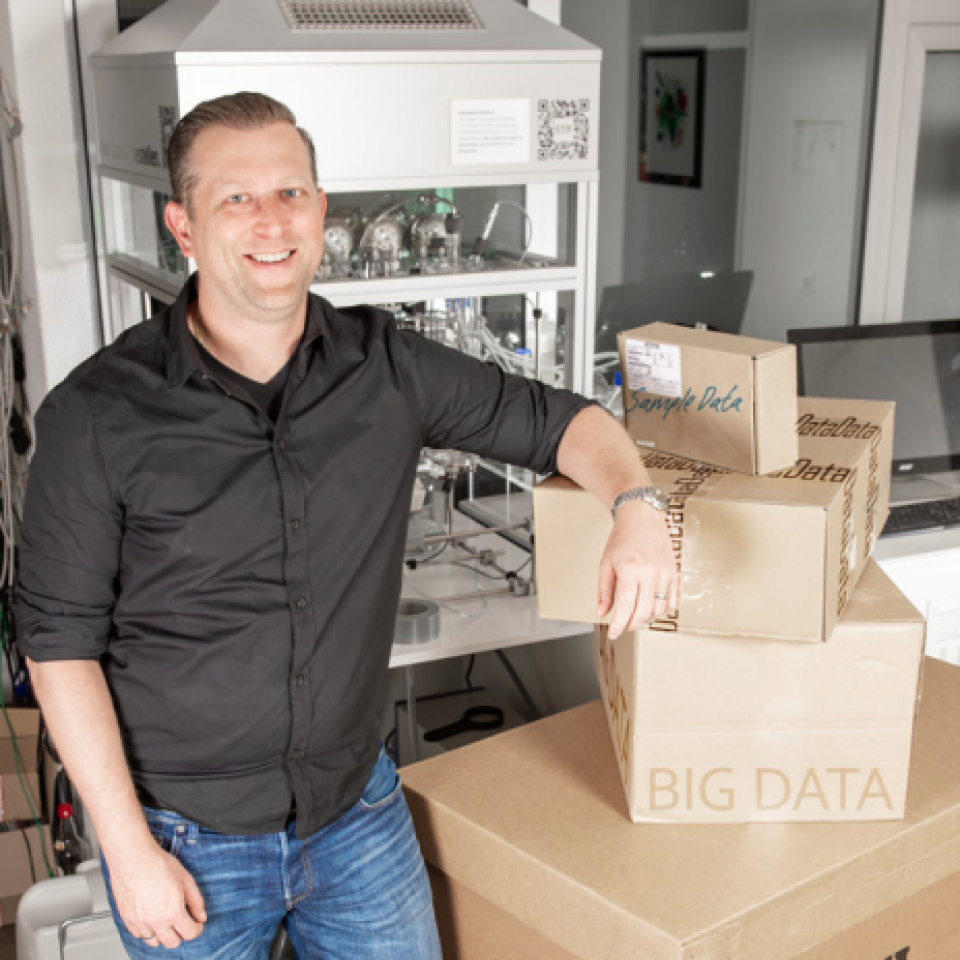Unified Namespace (UNS): A key concept for industrial digitalization?
The increasing digitalization and networking of industrial processes presents companies with the challenge of efficiently integrating complex data structures. This is where the Unified Namespace (UNS) offers an innovative solution: a central, event-driven data platform that provides all company data in a consistent and structured manner. As a single source of truth, UNS connects all levels of a company as a single, consistent data source. But what does this mean for cyber security? At the Pharma Forum 2025, we will talk about the opportunities and challenges of the UNS in modern and regulated environments.
Unified Namespace (UNS) is an open, event-driven architecture that centralizes data from various sources such as sensors, machines and IT systems.
Instead of linking these systems in stages or via direct point-to-point connections as in the classic automation pyramid, the UNS serves as a central hub. It records the current status of the company in real time, organizes the data logically and makes it available to all relevant applications in a structured manner. This structure reduces the complexity of point-to-point connections and facilitates the integration of new systems.
A key advantage of UNS is its flexibility: by using open standards such as MQTT (Message Queuing Telemetry Transport), companies can avoid vendor lock-ins and make their systems scalable. In addition, UNS enables efficient data contextualization, which ensures that information is provided in a comprehensible and well-structured manner.
Initial tests in a pilot environment
However, the implementation of a UNS also brings challenges. These include ensuring data integrity and cyber security. The central data platform must be reliable and secure against external threats. Compliance with regulatory requirements in strictly regulated sectors such as the pharmaceutical industry and the technical complexity of integrating existing systems must also be met. Especially in a regulated environment, validation processes such as the GAMP 5 guidelines must be adhered to in order to ensure compliance and quality.
As part of his bachelor's thesis, OT Solutions Engineer Patrick Furtwängler evaluated two approaches to UNS implementation last year: a concept based on Walker Reynolds and an open source solution from the United Manufacturing Hub (UMH). Both approaches were tested in a pilot environment. Initial results showed that both solutions have the potential to revolutionize data integration and processing. Nevertheless, challenges such as the connection to OPC UA and the development of data consumers remained.

